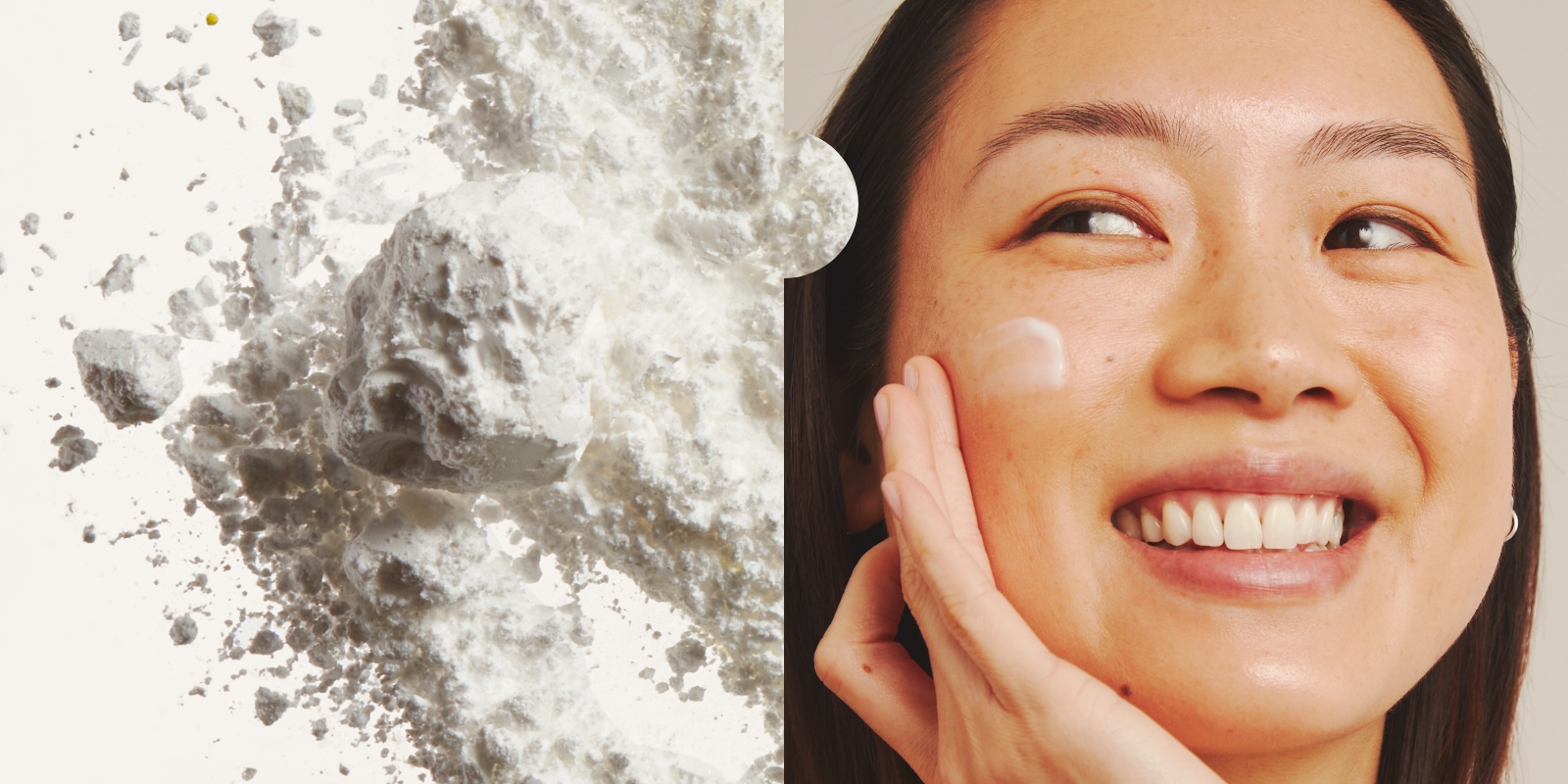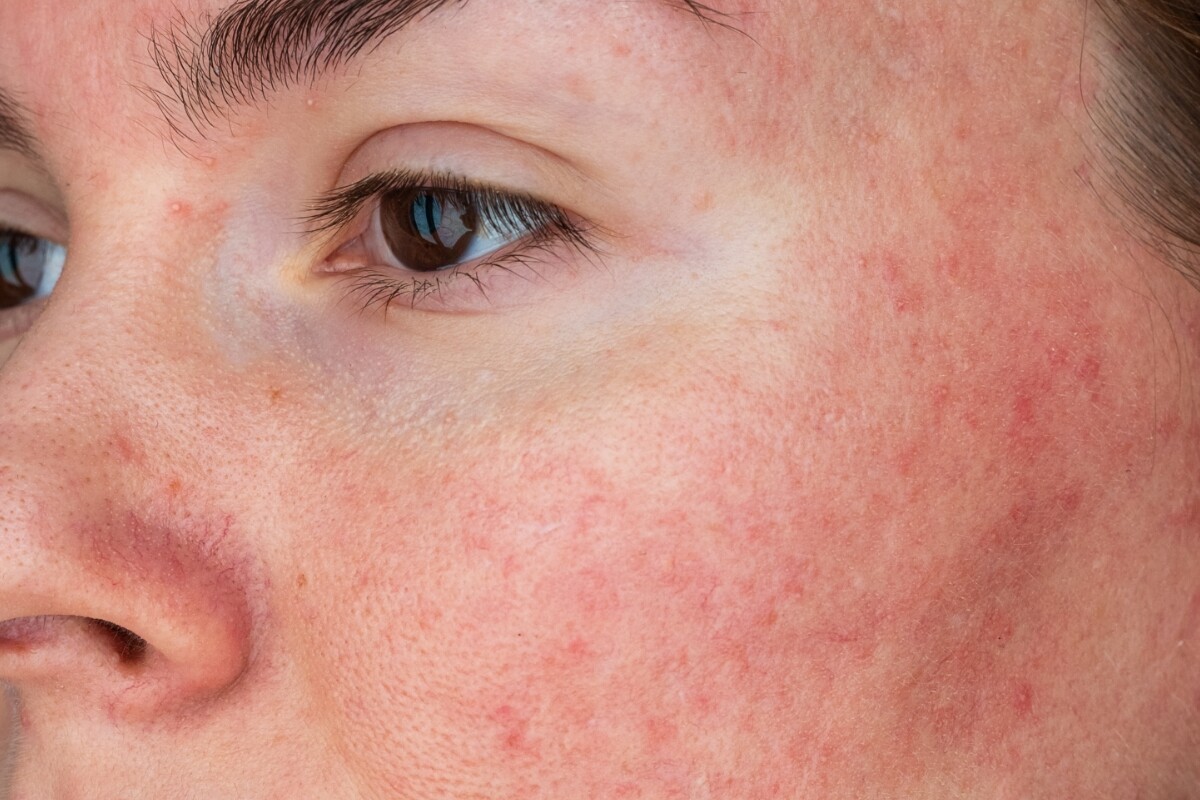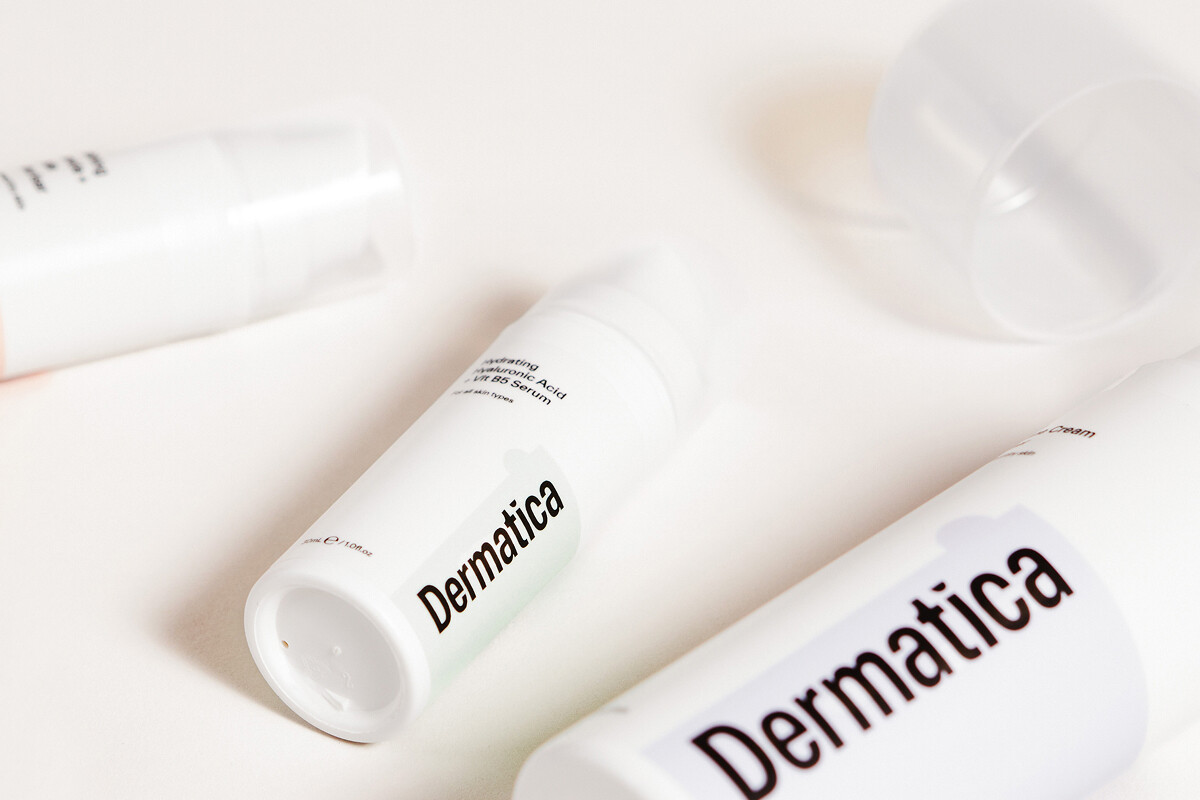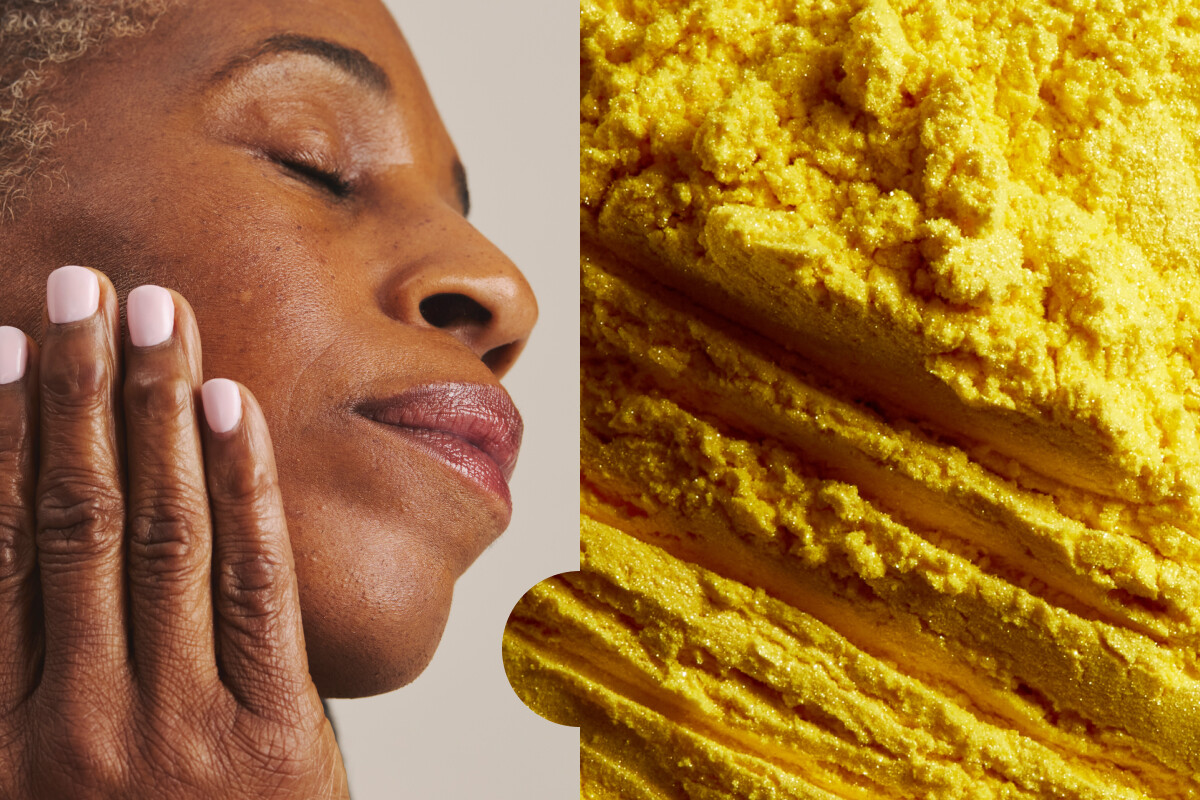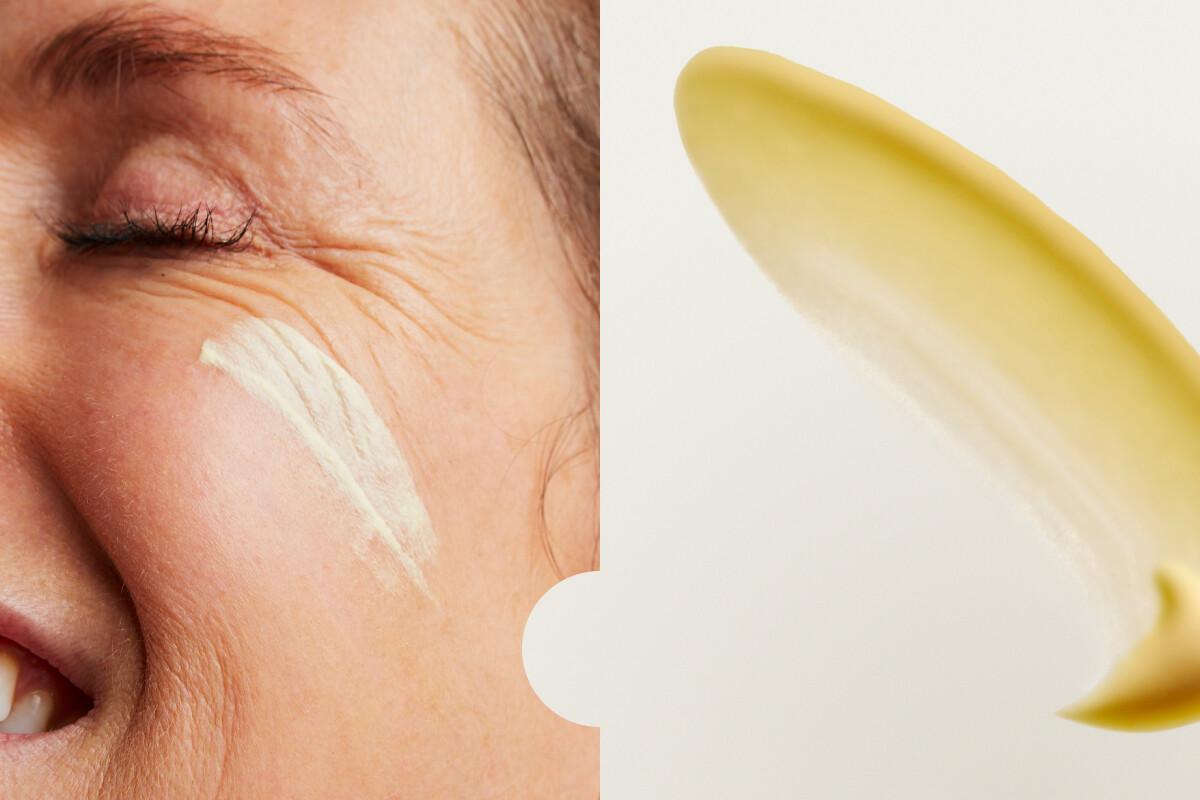Can You Use Retinol With Niacinamide Safely?
In short – yes, you can use retinol with niacinamide. According to our in-house formulators, since niacinamide is so gentle and in so many skincare products now, you’re probably using this ingredient in your regular routine already. This article will break down what retinol and niacinamide are, and explain why niacinamide is used in many personalised formulas, serums and moisturisers we offer at Dermatica.
What is Retinol?
Retinol is a type of retinoid, derived from Vitamin A. It is the inactive form of retinoic acid, so it activates on the skin after it’s applied. Active forms like tretinoin or adapalene don’t need to undergo this process. They are stronger, and work faster and more effectively – but you may experience some side effects at the start. Another, even milder form of retinoid is named Retin-A. [1]
Benefits of Retinol
Our experts recommend retinoids for anybody looking to improve their overall skin health and maintain clear, youthful-looking skin long term. It’s considered the gold standard treatment for signs of ageing like visible fine lines and wrinkles. Retinoids also treat active acne breakouts, hyperpigmentation from acne, sun damage or melasma, and uneven skin tone or texture. [2]
Retinol is available to buy over the counter, while retinoids like tretinoin must be prescribed by a dermatologist or a licensed service like Dermatica. Retinoids are not recommended for use while pregnant or breastfeeding. [3]
Discover whether tretinoin or retinol is a better fit for you here.
What is Niacinamide?
Niacinamide, also often listed as nicotinamide on ingredient lists, is a form of Vitamin B3.
Benefits of Niacinamide
Niacinamide is an antioxidant that has become hugely popular in skincare for treating: [4]
-Enlarged pores,
-Excess sebum (oil) production,
-Dullness and uneven skin tone,
-Dryness,
-Inflammation, such as redness, blemishes or irritation,
-Environmental damage from the sun, bacteria or free radicals, [5]
-Fine lines and wrinkles.
Whether your skincare contains powerful, prescription-only ingredients, or the gentler ones available in a pharmacy or drugstore, think of niacinamide as “the active that plays well with others.” On its own, niacinamide is less potent than many other actives.
However, because it treats so many skin concerns and suits all skin types, this niacinamide can boost the effectiveness of the ingredients it’s mixed with. [4] So despite not having the same wow-factor as ingredients like tretinoin, azelaic acid or adapalene, niacinamide shines when combined.
Want to know more about niacinamide? Read our science-backed deepdive for more details here.
What are active ingredients in skincare products?
Both retinol and niacinamide are “actives” or “active ingredients.”
Active ingredients target specific skin concerns, such as acne, visible sun damage or hyperpigmentation. [6] When we think of actives, we might associate them with powerful exfoliants like glycolic acid, retinoids (Vitamin A-derivatives including retinol, retinal and retinoids) or azelaic acid. For most of us, these actives take a week or two to get used to – especially if you have sensitive skin. They are usually introduced into a skincare routine gradually to avoid too many side effects from overloading or irritating the skin barrier.
But active ingredients can also be gentle on the skin, and this doesn’t take away from their potent anti-ageing, brightening or health-boosting properties. In fact, ingredients like ceramides, Vitamin C and hyaluronic acid are actives, too. [7, 8]
How to Combine Retinol and Niacinamide Safely
You can use retinol and niacinamide together safely, without any negative interactions between the two ingredients.
Niacinamide is gentle and well tolerated, so you don’t have to worry about using it too much or too often. Unless you have a specific allergy, it’s suitable for all skin types too, including sensitive or rosacea-prone skin. Niacinamide can also help reduce inflammation. [9] Plus, the longer you use it, the more it works to strengthen the delicate skin barrier, protecting you from environmental damage and noticeably improving your skin’s overall appearance. [10]
Retinol, and retinoids generally, can boost collagen production in the skin over time, reducing and preventing the appearance of fine lines and wrinkles. Plus, it’s able to help target acne breakouts, improve the look of uneven skin texture from scarring, and fade areas of hyperpigmentation (dark spots). [1]
Both ingredients are exceptional, suitable for long-term use, and have decades of scientific research to support their benefits. Using both in your routine, whether that’s in a personalised formula or other skincare product, can make a positive difference by targeting a variety of skin issues at once. This, alongside daily broad-spectrum sunscreen, will help you maintain a healthy-looking complexion. [11]
If you’re a subscriber, our team is always here for you. You can ask our dermatology experts questions about these ingredients or a specific product any time from your dashboard, as many times as you want, as part of your treatment plan.
To find out more about our formulas, and the treatments we offer at Dermatica, visit our website.
Dermatica Products Containing Niacinamide
Hydrating Hyaluronic Acid + Vit B5 Serum
Nourishing Ceramide + Peptide Moisturiser
Soothing Centella Gel Moisturiser
References
1. Zasada M, Budzisz E. Retinoids: active molecules influencing skin structure formation in cosmetic and dermatological treatments. Advances in Dermatology and Allergology [Internet]. 2019 Aug;36(4):392–7. Available from: https://www.ncbi.nlm.nih.gov/pmc/articles/PMC6791161/
2. Milosheska D, Roškar R. Use of Retinoids in Topical Antiaging Treatments: A Focused Review of Clinical Evidence for Conventional and Nanoformulations. Advances in Therapy. 2022 Oct 11;39(12):5351–75.
3. Bozzo P, Chua-Gocheco A, Einarson A. Safety of skin care products during pregnancy. Canadian Family Physician [Internet]. 2011 Jun;57(6):665. Available from: https://pmc.ncbi.nlm.nih.gov/articles/PMC3114665/
4. Marques C, Hadjab F, Porcello A, Lourenço K, Scaletta C, Abdel-Sayed P, et al. Mechanistic Insights into the Multiple Functions of Niacinamide: Therapeutic Implications and Cosmeceutical Applications in Functional Skincare Products. Antioxidants [Internet]. 2024 Apr 1;13(4):425. Available from: https://www.mdpi.com/2076-3921/13/4/425
5. Losasso V, Agarwal K, Waskar M, Majumdar A, Crain J, Winn M, et al. Small molecules enhance the potency of natural antimicrobial peptides. Biophysical Journal. 2022 Feb;121(3):491–501.
6. Kouassi MC, Grisel M, Gore E. Multifunctional active ingredient-based delivery systems for skincare formulations: A review. Colloids and Surfaces B: Biointerfaces. 2022 Sep;217:112676.
7. Shin KO, Mihara H, Ishida K, Uchida Y, Park K. Exogenous Ceramide Serves as a Precursor to Endogenous Ceramide Synthesis and as a Modulator of Keratinocyte Differentiation. Cells [Internet]. 2022 May 25 [cited 2024 May 15];11(11):1742–2. Available from: https://www.ncbi.nlm.nih.gov/pmc/articles/PMC9179460/
8. Juncan AM, Moisă DG, Santini A, Morgovan C, Rus LL, Vonica-Țincu AL, et al. Advantages of Hyaluronic Acid and Its Combination with Other Bioactive Ingredients in Cosmeceuticals. Molecules [Internet]. 2021 Jul 22;26(15):4429. Available from: https://www.mdpi.com/1420-3049/26/15/4429
Draelos ZD, Ertel K, Berge C. Niacinamide-containing facial moisturizer improves skin barrier and benefits subjects with rosacea. Cutis [Internet]. 2005 Aug 1;76(2):135–41. Available from: https://europepmc.org/article/MED/16209160
9. Bissett D. Topical niacinamide and barrier enhancement [Internet]. Unboundmedicine.com. 2025 [cited 2025 Jan 14]. Available from: https://www.unboundmedicine.com/medline/citation/12498532/Topical_niacinamide_and_barrier_enhancement_]
10. Gabros S, Zito PM. Sunscreens And Photoprotection [Internet]. Nih.gov. StatPearls Publishing; 2019. Available from: https://www.ncbi.nlm.nih.gov/books/NBK537164/

